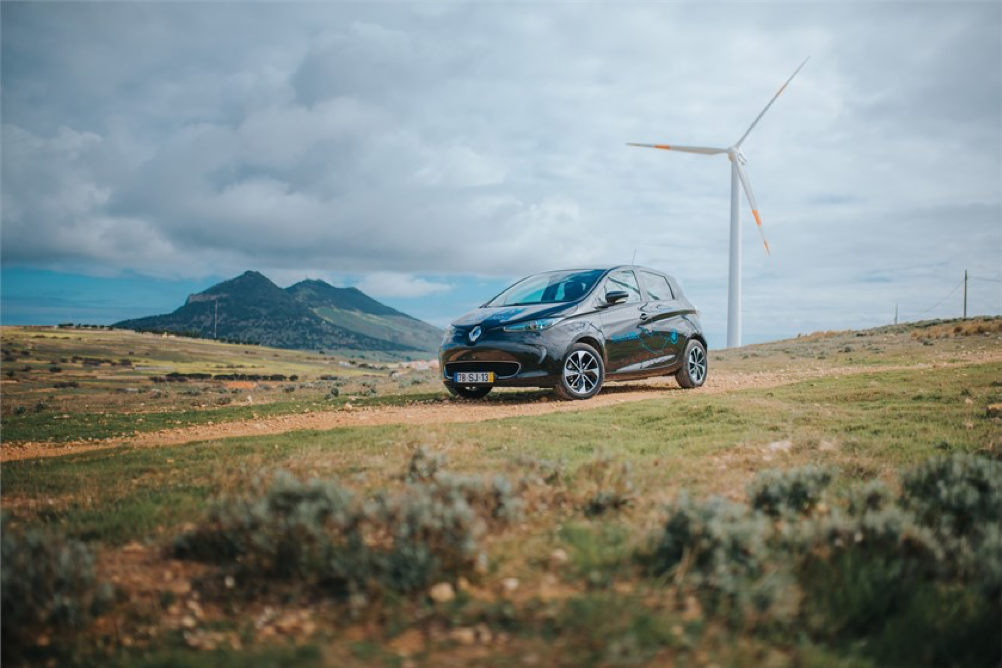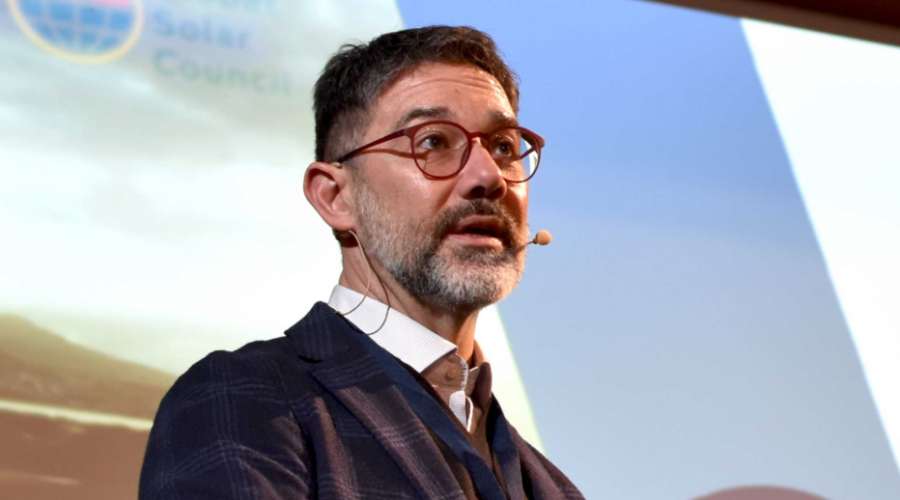An electric-vehicle trial run by Renault on Portugal’s Madeira has been testing a two-way charging system that is designed to show how EVs can be integrated into a smart power grid and used for storage.
The French car company has been running a 20-vehicle test on the island of Porto Santo since February 2018 using electric Zoes and Kangoo vans with access to a network of 40 chargepoints around the island. Using two-way Vehicle-to-Grid (V2G) charging technology, the vehicles recharge when plugged in with cheap, abundant electricity but at times of peak demand, the EVs release electricity back into the grid.
Isolated from Madeira’s grid, the island depends on a mix of diesel generators and solar and wind power to produce energy not only for the usual domestic and commercial demands, but also to run a desalination plant (the island’s natural water wells are insufficient for the population, especially during the tourist season).
The overall aim for Porto Santos itself is to become fossil fuel-free, explains Madeira’s assistant director of the economy, Patricia Dantas, by reducing and eventually eliminating the yearly consumption of the 500,000 litres of diesel needed to run the grid’s generators. Currently, 15% of Porto Santo’s electricity comes from solar and wind generation because there has been no easy way to store excess energy generated on the sunniest and windiest days. It is hoped that the project will help increase this to 19%.
The Sustainable Porto Santo project, initiated by the island’s autonomous government, aims to turn the 42 sq km island into Europe’s first zero-carbon territory.
Electric vehicle batteries are increasingly being seen as a devolved energy storage system to balance the grid across the entire continent and the introduction of two-way charging is pivotal to this transformation. Tesla, Renault and Nissan have been working towards this objective for a number of years. The technology is also being trialled in Amsterdam by a consortium of energy and tech companies.
“Everything is about smoothing” the supply of energy across the multiple sources of diesel, solar and wind energy, confirms José Cotrim, distribution director of energy supplier Empresa de Electricidade da Madeira. The task is eased by the storage provided by ‘second-life’ batteries, which can be charged when there’s surplus energy generation and not charged during shortfalls, and the more flexible bi-directional EVs, which can supply the grid during a dip in renewable generation or a spike in electricity demand.












